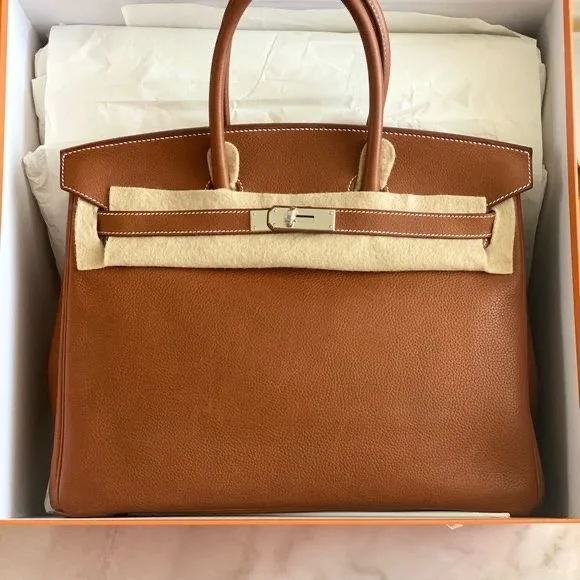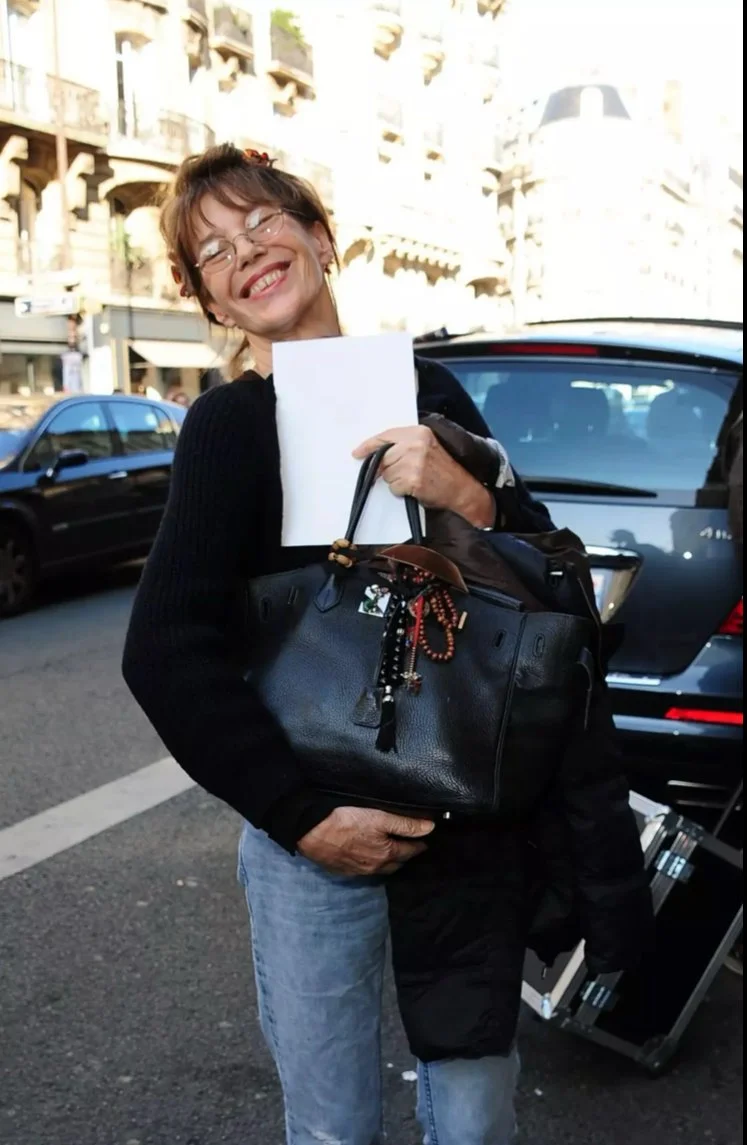It’s Not a Bag, It’s a Birkin!
They say money can’t buy happiness, but it can buy a Birkin — if you’re in the right tax bracket and already on the decade-long waiting list. Somewhere between the name drops in rap lyrics, sitcom cameos, and a viral attempt at a Walmart dupe, the Hermès Birkin became more than just a bag — it became the handbag. Noted as the ultimate status symbol, the peak of craftsmanship, and a reckless financial asset, we can’t help but wonder: why are we so drawn to this diamond-sprinkled, crocodile leather bag that’s so far out of reach? Save up for a ride behind the velvet curtains — we’re going to unzip the mystery behind the Birkin’s wild rise to fame and how a marketing genius uses unattainability to maintain its place at the top of the luxury food chain.
Take it from Samantha Jones in the iconic Sex and the City scene — if you go into a Hermès boutique, cash in hand, and ask to purchase a Birkin, odds are you’ll be leaving with the same handbag you entered with and a crushing feeling of rejection. Born from a chance encounter on an airplane between actress Jane Birkin and the then Hermès executive chairman, Jean-Louis Dumas, the Birkin is a simply structured, rectangular leather carryall with saddle stitching, a flap closure, and an unrelenting chokehold on pop culture. The year was 1983; Jane’s bag fell out of the overhead compartment, spilling out its contents. She then expressed the need for a more practical handbag for holding all the necessities for her toddler, and that's when history was made — by the time the plane landed in London, Jean-Louis Dumas sketched the Birkin on an air sickness bag.
From there, the Birkin faced a rocky road like another well-crafted handbag on the market, Chanel. But after years of competition, something happened at the turn of the century — it became rare. So rare, the rich and mighty jumped barriers and pinched pennies to get their hands on one. It’s simple psychology — we always want what we can’t have. Hermès is well aware of this and employs a scarily masterful marketing strategy with exclusivity at its core; the Birkin is not advertised through traditional magazines, billboards, or television commercials. In fact, if you traverse the Hermès website and enter “Birkin” into the search bar, no results will appear. Hermès keeps the Birkin bag shrouded in mystery, instead allowing word-of-mouth, social media speculation, and celebrity endorsements to do all the work of a publicity campaign. The Birkin is an economic anomaly — Hermès twists the standard formula for supply and demand by only offering the handbag to the brand’s most loyal and high-spending clients while still maintaining its top spot as the most coveted accessory.
According to Naomi Barrales, Fashion Industry & Merchandising ’23, global marketer in the luxury sector, “Luxury marketing creates the mindset that not everyone has that thing. When we’re currently living in a world where we are so inundated with things, and we are trying to find our pocket of uniqueness — scarcity marketing creates that sense of uniqueness.”
Each Birkin is meticulously handcrafted by a single, well-trained, highly experienced artisan to push its desirability further. Each artisan closely examines each inch of fabric, ensuring that only the most flawless fibers are sold to loyal clients. Highly sought-after leathers are utilized, and production is, of course, limited, making the experience feel even more exclusive and prestigious to the client — like a five-figure treasure hunt crafted by Hermès with no input from the buyer.
“Storytelling is the core for desirability of luxury products because at the end of the day, a product can only be so good,” Naomi adds. “Aspirational marketing is put into use. It is the idea that a luxury brand is selling not only the product itself but an entire lifestyle — people who are associated with the Birkin bag are wealthy, have a jet-set lifestyle, wear the most beautiful clothes. The Birkin helps create this image of what one aspires to be.
Knowing that Hermès' marketing team meticulously strategizes the chokehold the Birkin holds on society, it begs the question: what does it say about us, about society, that the thrill of the chase often outweighs the joy of the possession itself? The Holy Grail of arm candy outlining true success in the back of our minds is designed as unreachable, but we still see the tips of our fingers trying to grasp it. We’ve progressed societally to value and preach sustainability but still believe that ownership equates to achievement, and nothing screams “I’ve made it” quite like a leather-stitched handbag that’s more exclusive than a Met Gala invite.
Maybe this is when we decide that luxury isn’t tied to the bag at all — it’s the ability to decide how you wear luxury and thereby declare its value. Maybe it’s the freedom to buy into the unrelenting chase and cash out your 401(k) on a purse, or maybe it’s the choice to opt out and rummage through thrift bins for a find as good as gold. Maybe it’s knowing that your worth isn’t reliant on an accessory but on the confidence that you don’t need to purchase anything. In the end, the value isn’t determined by a Hermès associate; it’s in the individual who carries the bag — or not.



